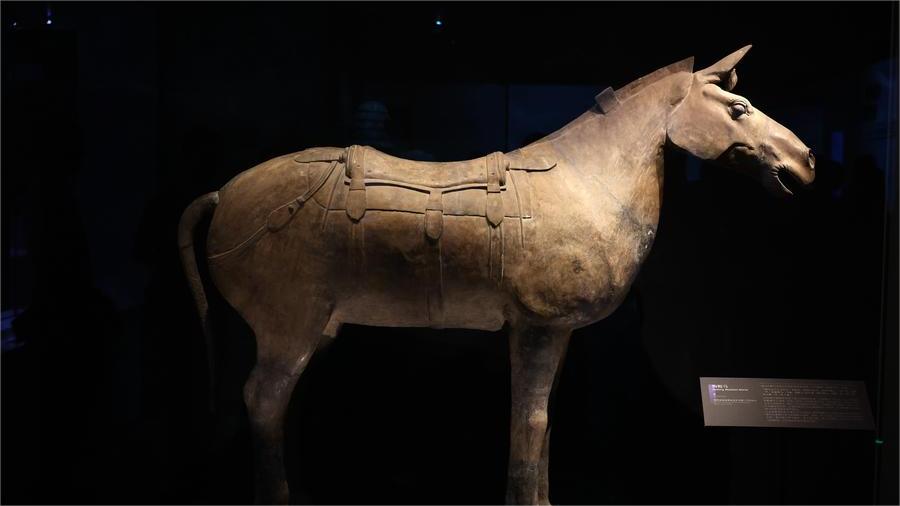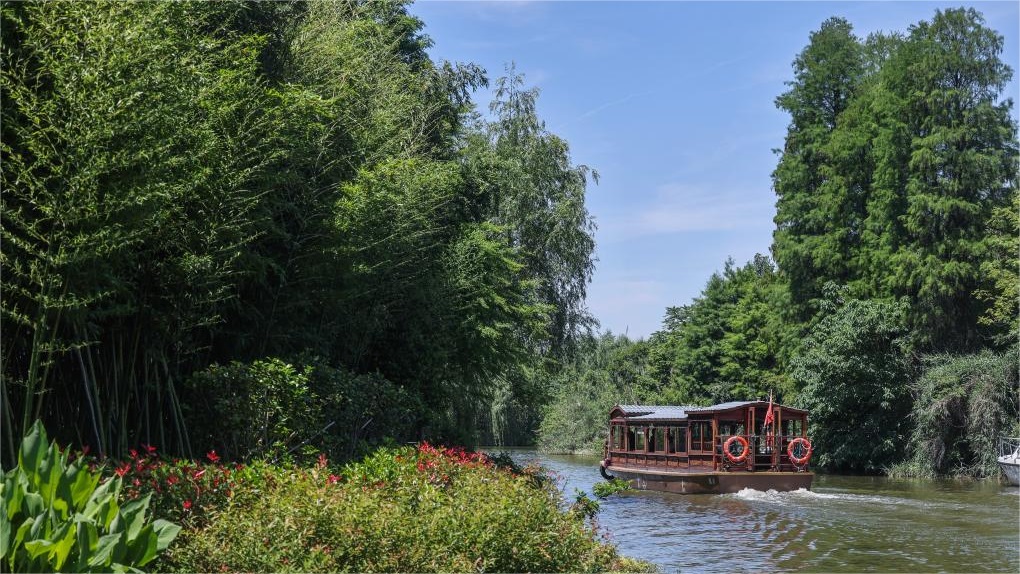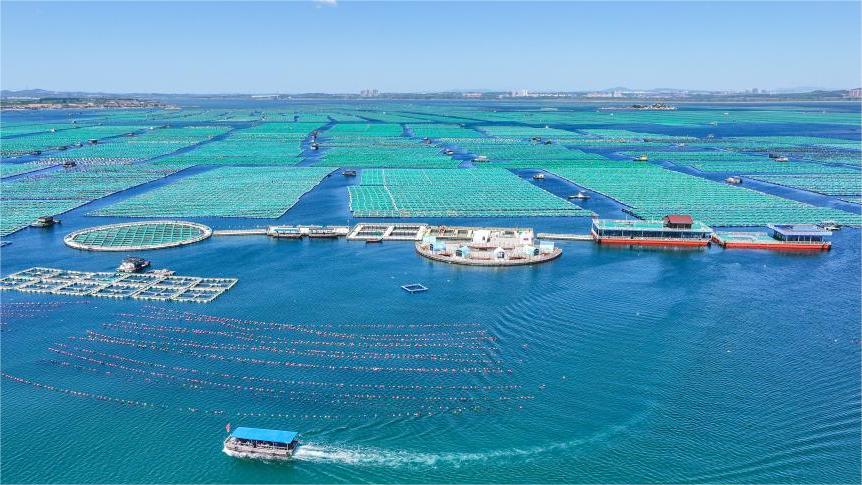SW China's bridge capital sees rapid rise of urban construction
CHONGQING, May 19 (Xinhua) -- As night falls, more than 1,000 sets of lights on the Chongqing Baijusi Yangtze River Bridge illuminate instantly, dazzling tourists in southwest China's Chongqing Municipality.
The bridge, which gained popularity on multiple social platforms due to its unique sci-fi look, attracted tourists from all over the country during the May Day holiday.
Chongqing Baijusi Yangtze River Bridge is 1,384 meters long, connecting districts of Dadukou and Banan in the city. The main tower of the bridge is 236 meters high, which is equivalent to the height of an 84-story building. It is the tallest bridge tower in the central urban areas of Chongqing. The bottom of the bridge tower is designed as a transparent circle, evoking the image of a science fiction movie under the play of light and shadow.
In April this year, a press conference titled "This is Chongqing -- China's bridge capital" was held under the Chongqing Baijusi Yangtze River Bridge. According to the conference, there are more than 20,000 bridges in Chongqing, including 105 ultra-large bridges across the Yangtze River and Jialing River.
Xi Hong, deputy director of Chongqing municipal commission of housing and urban-rural development, said that the Yangtze River, Jialing River, Wujiang River and other rivers divide Chongqing into many parts. As a result, its land transportation needs to cross these water obstacles and bridges have become important transport arteries in the city.
In 2005, the bridge committee of Peking Mao Yi-sheng science and technology education foundation selected Chongqing as China's bridge capital at its annual meeting.
"Chongqing's bridges have witnessed the rapid rise of China's construction," Xi Hong said, noting that Chongqing's bridge construction has contributed experience to the world and is a milestone in the history of bridges.
She added that 60 percent of Chongqing citizens now have to pass more than two bridges every day during their daily commute, and the bridges have been very convenient for citizens.
"It used to take at least 30 minutes to drive from Babin road to Dadukou on the opposite side, but the time has been reduced to five minutes since the Baijusi Yangtze River Bridge opened to traffic," said Liu Gongfeng, deputy head of Banan District.
Liu said that the bridge has changed people's lives. In particular, the local government has seized the opportunity presented by the bridge's popularity to build infrastructures such as viewing trails, viewing platforms, convenience service points, and public toilets in response to the needs of citizens and tourists.
According to statistics, since the beginning of this year, driven by the Baijusi Yangtze River Bridge, the passenger flow of several key business districts in Banan District has increased significantly. It has attracted more than 900,000 tourists and stimulated tourism revenue exceeding 270 million yuan (about 37.3 million U.S. dollars).
During this year's May Day holiday, in order to improve the tourist experience, Chongqing Qiansimen Jialing River Bridge is closed to traffic. This provides tourists with a chance to stroll across the bridge and witness the beauty of Chongqing safely.
In recent years, Chongqing has also continued to upgrade the space under the bridge, building all kinds of convenience facilities and slow traffic systems, supplementing social functions and increasing public activity areas, thus enhancing the sense of acquisition and happiness of citizens.
For example, the vibrant Jiulongtan square lies under the E'gongyan Bridge, which spans the Yangtze River. Citizens can experience solar-charged fitness facilities in the 1,000-square-meter smart fitness area. They can also get close to nature and play and rest on the three connected riverside walks.
"A few years ago, there was only an abandoned quay under the bridge, and it was overgrown with weeds and rugged nearby, which made it difficult to walk, so we hardly went to the riverside to play," said Wu Feng, a local resident.
"Now the space under the bridge has been transformed, and we have another place close to nature," Wu added.
Photos
Related Stories
- Ecological protection and restoration of Yangtze River in Chongqing achieve benefits
- Miao people celebrate Caihuashan festival in Chongqing
- In pics: clouds streaming down Jinfo Mountain in China's Chongqing
- Chongqing harnesses esports talent to boost digital economy
- Urban renovation renews community life in Chongqing
Copyright © 2024 People's Daily Online. All Rights Reserved.









